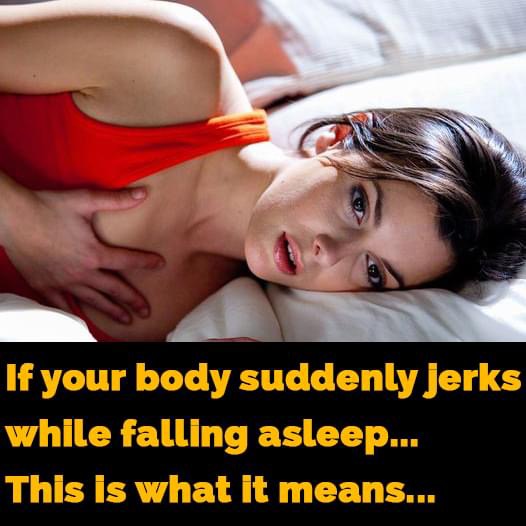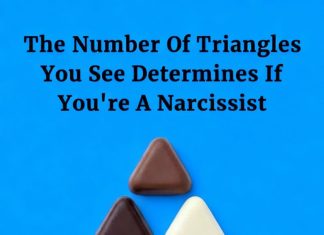Understanding Hypnic Jerks: Causes, Effects, and Management
Many people have experienced the unsettling sensation of suddenly waking up in the middle of the night, heart racing as if they had just leapt from a great height. This phenomenon, commonly referred to as a hypnic jerk or sleep start, can be both surprising and disconcerting. For most, it represents a nocturnal experience that feels more like a nightmare than a peaceful night’s sleep. But what precisely are hypnic jerks, why do they occur, and how can we manage them? In this article, we delve into the science behind these involuntary muscle contractions that many individuals face as they transition from wakefulness to sleep.
What Are Hypnic Jerks?
Hypnic jerks, also known as sleep starts, are involuntary muscle contractions that typically occur just as a person is falling asleep. These jerks can affect various muscle groups and often feel like a sudden jolt. The sensation is akin to the body feeling like it is falling, leading to an abrupt awakening just before a person reaches a deep sleep state. The term “hypnic” originates from hypnagogia, which refers to the transitional state between wakefulness and sleep. It is in this twilight zone of consciousness that one’s brain may misinterpret signals from the body, resulting in these startling movements.
Why Do Hypnic Jerks Occur?
Despite being a common experience, the exact causes of hypnic jerks remain largely elusive, and researchers have proposed several hypotheses. One prevailing theory suggests that these jerks are linked to the brain’s transition into sleep. As the brain begins to relax and prepare for slumber, it can mistakenly interpret the muscle relaxation as a sign that the body is actually falling. Consequently, the brain sends signals to the muscles to contract, resulting in a sudden jolt or jerk. This response is similar to a primitive reflex that is intended to guard against falling in the wild.
Another possible explanation involves the body’s physiological response to muscle relaxation. When the body transitions from wakefulness to sleep, it experiences a decrease in muscle tone. Hypnic jerks may occur as a protective mechanism, a reflex designed to prevent an actual fall. This might explain why individuals are more susceptible to experiencing hypnic jerks when they are in a deep state of relaxation, such as during meditation or deep breathing exercises.
Factors Contributing to Hypnic Jerks
While hypnic jerks can occur in anyone, certain factors may increase their frequency. According to the Sleep Foundation, excessive caffeine intake, emotional stress, and sleep deprivation are known contributors. Caffeine, a well-known stimulant, can interfere with the body’s natural ability to wind down, while stress can lead to heightened anxiety and restlessness, both of which can disrupt sleep patterns. Research indicates that individuals facing high levels of stress or anxiety are more likely to experience sleep disturbances, including hypnic jerks.
Moreover, engaging in vigorous physical exercise too close to bedtime can also trigger hypnic jerks. Exercise raises the body’s adrenaline levels, increasing heart rate and making it more challenging to transition into a relaxed state conducive to sleep. Additionally, individuals who have irregular sleep schedules or frequently experience disrupted sleep cycles are more likely to experience these jerks. This emphasizes the importance of maintaining proper sleep hygiene and a consistent sleep pattern to minimize occurrences.
The Prevalence of Hypnic Jerks
Surprisingly, hypnic jerks are quite common. Studies indicate that anywhere from 60% to 70% of people experience these sudden awakenings at least once in their lives. They are more prevalent among young adults and adolescents, but they can happen to people of all ages. Interestingly, studies have shown that hypnic jerks tend to become less frequent as individuals age. This highlights a potential connection between the body’s changing physiological responses and the occurrence of sleep disturbances.
Despite being startling, hypnic jerks are generally considered harmless and do not indicate any underlying health issues. However, for those who experience them regularly, they can lead to anxiety around sleep, further exacerbating sleep problems. The anticipation of a hypnic jerk can create a vicious cycle of anxiety that might keep individuals awake, leading them to dread the act of falling asleep.
Strategies to Manage Hypnic Jerks
Understanding the common triggers of hypnic jerks allows individuals to take proactive steps to manage or reduce their occurrence. Here are several strategies to consider:
- Establish a Consistent Sleep Schedule: Going to bed and waking up at the same time each day helps regulate the body’s internal clock and enhances sleep quality.
- Reduce Stimulant Intake: Limiting caffeine and nicotine consumption, especially in the hours leading up to bedtime, can help promote a more restful sleep.
- Practice Relaxation Techniques: Engaging in calming activities such as reading, meditating, or practicing deep-breathing exercises can help alleviate stress and prepare the body for sleep.
- Avoid Intense Exercise Near Bedtime: While regular physical activity is essential for overall health, it’s advisable to avoid vigorous workouts in the hours leading up to sleep.
- Create a Comfortable Sleep Environment: Ensuring a dark, quiet, and cool environment can enhance sleep quality and minimize interruptions.
By implementing these strategies, individuals can significantly improve their sleep hygiene and potentially reduce the frequency of hypnic jerks. However, if these jerks persist or become increasingly distressing, it may be beneficial to consult with a healthcare professional for further evaluation and guidance. In some cases, cognitive behavioral therapy (CBT) may be recommended to help address anxiety around sleep and improve sleep patterns.
Conclusion
In conclusion, hypnic jerks are a common yet often misunderstood experience that can disrupt the transition into a peaceful night’s sleep. While they can be alarming, understanding their origins and triggers can empower individuals to take control of their sleep practices and minimize their occurrence. By adopting better sleep habits and stress management techniques, one can cultivate a more restful and uninterrupted sleep experience. So, the next time you find yourself jolted awake, remember that you are not alone and that there are ways to address this phenomenon effectively. It is important to recognize your body’s signals and prioritize both mental and physical relaxation to enhance your overall sleep quality.

















